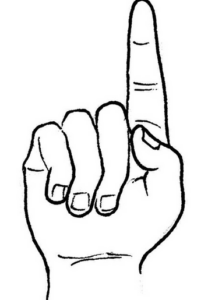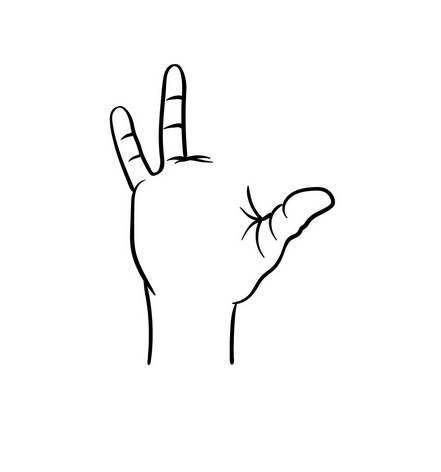Finger drawing, often associated with childhood scribbles on walls and sidewalks, is not just a playful pastime—it’s a valuable artistic practice with numerous benefits for individuals of all ages. Whether you’re an aspiring artist, a seasoned professional, or simply looking for a creative outlet, finger drawing offers a unique and rewarding experience. In this comprehensive guide, we’ll explore the benefits of finger drawing and why it’s worth incorporating into your artistic repertoire.

1. Enhances Fine Motor Skills
One of the primary benefits of finger drawing is its ability to improve fine motor skills, particularly in young children. Manipulating and controlling the movement of fingers to create lines, shapes, and patterns on paper or other surfaces helps develop hand-eye coordination and dexterity. This can have long-term benefits in various areas of life, including writing, typing, and other tasks that require precise finger movements.
2. Stimulates Sensory Exploration
Finger drawing engages multiple senses simultaneously, providing a rich sensory experience for participants. The tactile sensation of running fingers across different textures, such as paper, canvas, or even digital screens, stimulates the sense of touch and encourages sensory exploration. This sensory feedback can be particularly beneficial for individuals with sensory processing differences or sensory integration challenges.
3. Encourages Creativity and Self-Expression
Finger drawing offers a spontaneous and intuitive approach to art-making, making it an ideal medium for fostering creativity and self-expression. Without the constraints of traditional drawing tools, such as pencils or brushes, individuals are free to explore their imagination and create artwork that reflects their unique perspectives and emotions. Finger drawing encourages experimentation, risk-taking, and embracing imperfections, resulting in truly authentic and personal creations.
4. Supports Cognitive Development
Engaging in finger drawing activities stimulates cognitive processes such as problem-solving, spatial reasoning, and visual-spatial skills. As individuals plan and execute their drawings, they must make decisions about composition, scale, and proportion, which enhances critical thinking and decision-making abilities. Additionally, the act of observing and interpreting visual information contributes to visual literacy and perceptual development.
5. Promotes Relaxation and Stress Relief
Like other forms of art therapy, finger drawing can be a powerful tool for promoting relaxation and reducing stress. The rhythmic motion of finger drawing, combined with the focus and concentration required to create artwork, can induce a state of mindfulness and calmness. Engaging in finger drawing allows individuals to channel their thoughts and emotions into a creative outlet, providing a welcome escape from daily stressors.
6. Fosters Social Interaction and Communication
Finger drawing activities can be enjoyed individually or in group settings, fostering social interaction and communication skills. Collaborative drawing projects encourage cooperation, teamwork, and sharing of ideas among participants. Additionally, finger drawing can serve as a nonverbal form of communication for individuals who may find verbal expression challenging, such as those with autism or communication disorders.
7. Accessible and Inclusive Art Form
One of the greatest benefits of finger drawing is its accessibility and inclusivity. Unlike traditional drawing methods that require specialized tools or materials, finger drawing can be done anytime, anywhere, using readily available resources. This makes it an ideal art form for individuals of all ages, abilities, and socioeconomic backgrounds to participate in and enjoy.
8. Provides Therapeutic Benefits
In addition to its artistic and creative benefits, finger drawing also offers therapeutic advantages for individuals dealing with emotional or psychological challenges. Art therapy techniques, such as finger painting or drawing, can help individuals express and process difficult emotions, traumas, or experiences in a safe and supportive environment. The act of creating art can promote self-awareness, self-esteem, and emotional healing.
Conclusion
In conclusion, finger drawing is far more than just a child’s pastime. Furthermore, it’s a versatile and valuable artistic practice with numerous benefits for individuals of all ages and abilities. From enhancing fine motor skills and stimulating sensory exploration to fostering creativity and self-expression, finger drawing offers a wealth of advantages for artists and non-artists alike. So grab some paper, unleash your imagination, and experience the joy and satisfaction of finger drawing for yourself.

